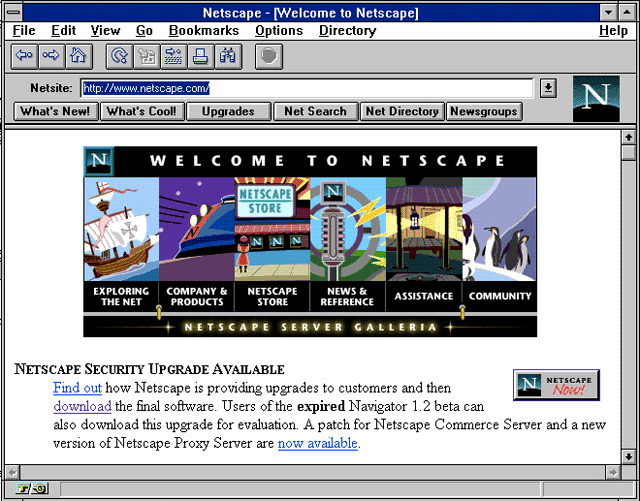Earlier this month, the NY Times ran a piece about a NYC psychic who bilked a man out of more than $700,000. But, says Louis Menand, aren’t psychics always ripping people off?
But was there any point at which Ms. Delmaro’s services were legit? Is the distinction between crooked and uncrooked psychics meant to turn on the eye-poppingness of the sums involved? If I told you I was going to build a gold bridge to the other realm and charged you fifty bucks, would that not constitute fraud? There are no bridges to the other realm. If you charge a man to build him one, you’re taking money under false pretenses.
Where the psychic went wrong though was in failing “to cool the mark out”, aka insure that he accepted his loss so he didn’t run to the police.
The classic exposition of the practice of helping victims of a con adapt to their loss is the sociologist Erving Goffman’s 1952 article “On Cooling the Mark Out.” Like everything by Goffman, it’s worth reading if you want to know what much of life is really all about. (If you don’t, you can skip it.) “After the blowoff has occurred,” Goffman explained, about the operation of a con, “one of the operators stays with the mark and makes an effort to keep the anger of the mark within manageable and sensible proportions. The operator stays behind his team-mates in the capacity of what might be called a cooler and exercises upon the mark the art of consolation. An attempt is made to define the situation for the mark in a way that makes it easy for him to accept the inevitable and quietly go home. The mark is given instruction in the philosophy of taking a loss.” What happened stays out of the paper.

The New Yorker’s Louis Menand reviews a new book by W. Joseph Campbell, 1995: The Year the Future Began.
Clinton’s affair with Monica Lewinsky is one of the five things that happened in 1995 that Campbell believes opened the door to the future. The others are the O. J. Simpson trial, the Oklahoma City bombing, the Dayton negotiations that settled the Bosnian war, and the rise and fall of the Internet browser Netscape Navigator.
The list certainly reflects the inchoate spirit of the age. But that is not Campbell’s point. His point is that our contemporary (American) world started with a White House sex scandal; the murder trial of a former football star; a set of agreements hammered out among foreign heads of state on an Air Force base in Ohio; a loner who thought that blowing up a federal office building was justified on political principles; and a computer program that ultimately lost the “browser wars” to Microsoft. You have to admire a historian who proposes to extract reverse-prediction gold from that material.
I graduated from college in 1995 so I’m probably biased, but that year does seem like a cultural turning point in many ways. Interested to read Campbell’s book.
I hope that by posting this article about anxiety here, I will feel less anxious about having to read it for tips on how to reduce my extremely high levels of current stress and anxiety.
It doesn’t solve the riddle, either, but that’s not Stossel’s fault. It’s because anxiety of the kind he is afflicted with is not a riddle. It’s an illness. There is therefore nothing, except in the medical sense, to solve. That’s not what Stossel wants to believe, though. He has an idea that more is at stake. He thinks that there is a metaphysics of anxiety. “To grapple with and understand anxiety,” he says, “is, in some sense, to grapple with and understand the human condition.”
Hmm, it’s not working.






Stay Connected